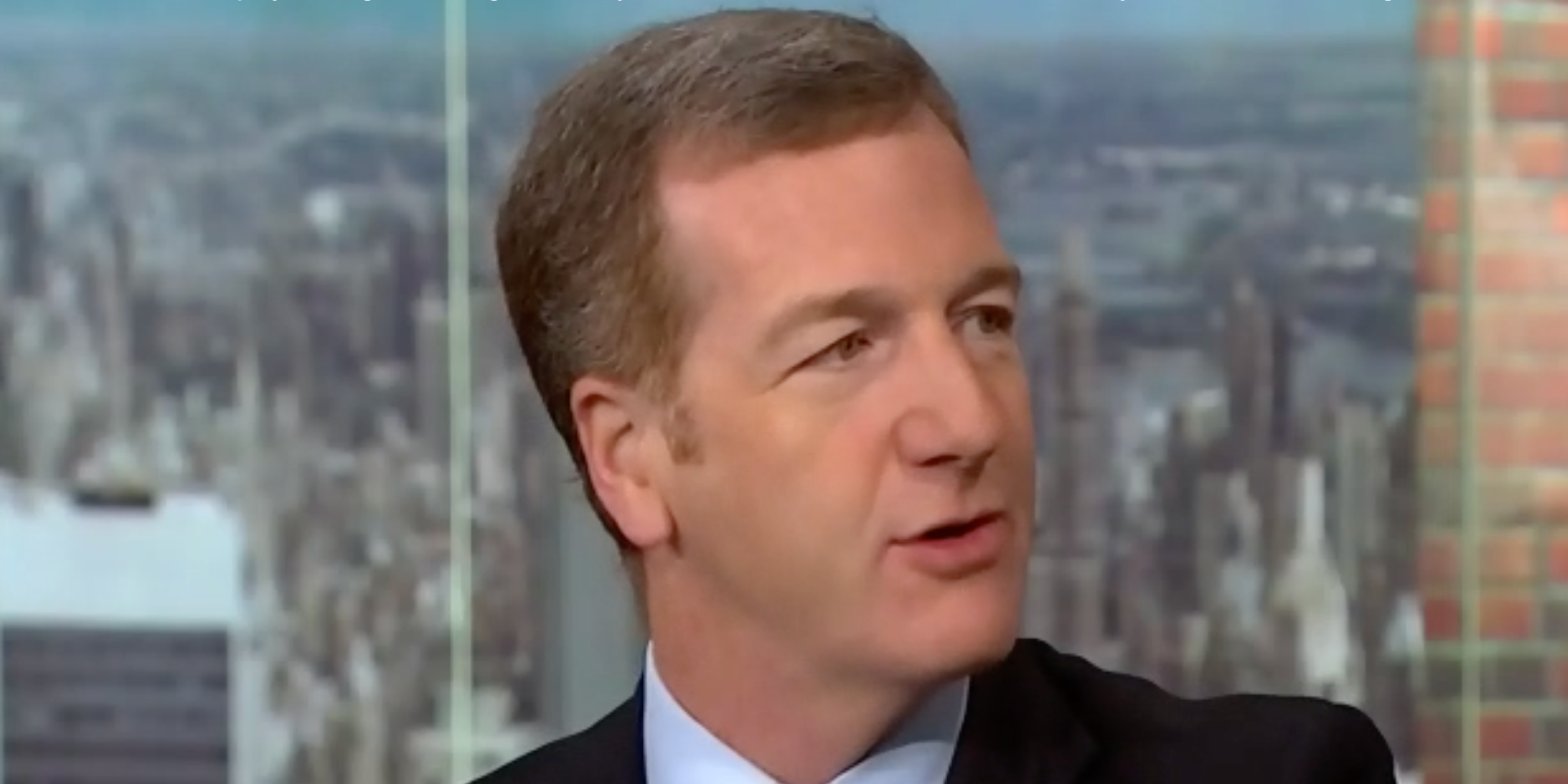The S&P 500 is priced for perfection and could plunge 25% if problems crop up, Mike Wilson says. Morgan Stanley’s stock chief says the outlook for company earnings and the economy is pretty grim. Investors have piled into Big Tech to ride out the storm, but they may still feel pain, Wilson says. Loading Something is loading.
Thanks for signing up!
Access your favorite topics in a personalized feed while you’re on the go.
US stocks look risky and expensive, and could crash by more than 25% if investors get spooked, Mike Wilson says.
“The S&P 500 risk/reward today is one of the worst I’ve ever seen, given the earnings setup that we see in front of us combined with the valuation that we have today,” he said during a recent Rosenberg Research webcast.
The benchmark S&P 500 and tech-heavy Nasdaq Composite have rallied 17% and 33% respectively this year. Investors have bet on the Federal Reserve to crush inflation without tanking the US economy, and wagered that artificial intelligence will boost productivity and bolster corporate profits.
Wilson, Morgan Stanley’s chief investment officer and chief US equity strategist, reeled off a long list of reasons why he’s wary of the current market. He pointed to manufacturing and loan-officer surveys signaling an impending economic downturn, depressed outlooks for revenue and earnings growth, and many companies having to refinance at higher interest rates within the next few years.
Wilson also cited historically low earnings quality, and argued that heavy spending on artificial intelligence today might only generate future benefits for a minority of businesses. Moreover, he cautioned that recent increases in energy prices could take consumers — many of whom are struggling to afford inflated living costs and larger monthly credit-card, car-loan, and mortgage payments — past their breaking point.
The Wall Street heavyweight suggested the S&P 500’s headline performance is distracting from problems elsewhere.
“The equity market is not trading well under the surface,” he said. “There are a lot of car crashes out there,” he continued, singling out small- and mid-cap companies, businesses with weaker balance sheets, and retailers serving less affluent customers.
In general, investors are pricing in a powerful economic rebound, impressive revenue and earnings growth, and the Fed cutting rates sooner rather than later, he noted.
“The stock market needs a recovery just to tread water,” Wilson said, underscoring that lots of good news is already reflected in current valuations, so any bad news could bring things crashing down. “This is how you take the S&P down a lot more than people are thinking about today.”
The veteran strategist flagged the risk to stocks of further regional-bank troubles, China’s real-estate bubble bursting, and the Bank of Japan raising rates sooner than expected. He suggested a shock to the system of that kind could send the S&P 500 plummeting from nearly 4,500 points today to the low 3,000s — a drop of more than 25%.
Wilson also underscored the challenges in US commercial real estate. Sharp increases in interest rates over the last 18 months, the remote-working boom, and regional-bank jitters have pulled down asset values, crimped lending to the sector, and squeezed heavily indebted developers.
“The office market is a pig in a python,” he said, noting lots of the sector’s debt will have to be refinanced at far higher rates in the near future.
In short, Wilson sees very limited upside and material downside to investing in the S&P 500 today.
“The cracks are forming,” he said. “They’re all over the place, which is why people are cramming into a handful of stocks.”
“People aren’t totally naive to this, and they are going to the last place that they think they can hang out,” he added. But if a recession does hit and large-cap growth stocks like Nvidia and Microsoft stumble, investors could find themselves in a “whole host of trouble,” he warned.
